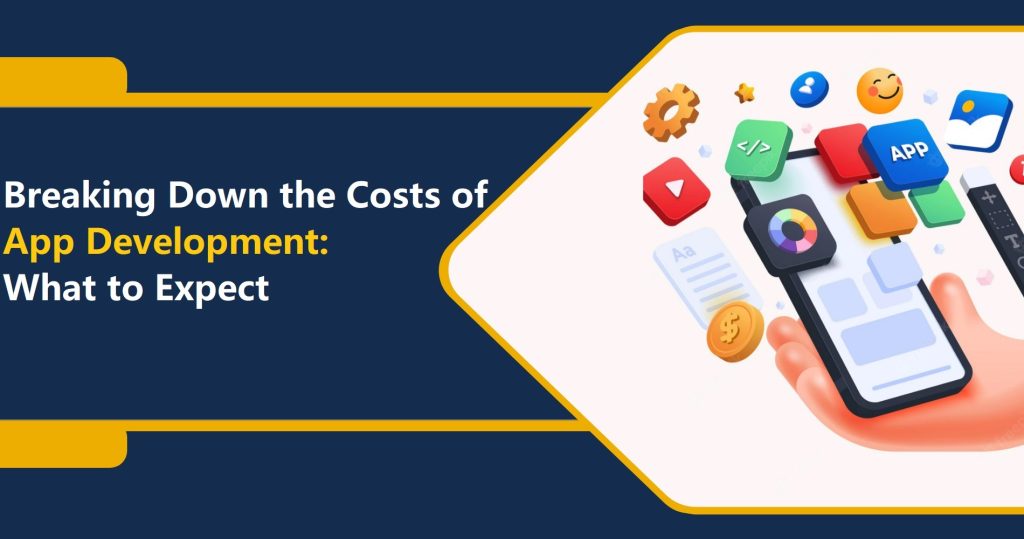Mobile applications have become an essential tool for businesses either small or enterprise also for the individual to keep themselves entertained. Mobile or web app development can be a profitable investment, which can help provide entertainment, enhance customer engagement, or streamline internal processes.
Breaking down while understanding the costs of web app development is crucial for planning and budgeting effectively. In this blog, listed are the various factors that contribute to the cost of web app development and provide insights into what to expect.
1. Type of App
The type of app you’re planning to develop plays a significant role in determining its cost. Complex ad feature-rich web apps such as social networks, e-commerce platforms, or gaming apps typically cost much more than basic informational apps. The complexity of user interface design, features, and backend infrastructure influence the cost overall.
2. Platform
The platform for web app development or mobile app development works and costs differently. Developing for iOS, Android, or both will have different cost implications. Initially, developing for a single platform may cost less but over time targeting multiple platforms ensures extensive reach but requires additional resources and time.
3. Design
As a web app developer, taking the cost estimation may be a bit of a task since it is observed with the multiple aspects of the development though design is also included in it. To elevate the application’s appeal you must invest in professional design. A well-designed user interface is critical for the success of any app which helps keep the user captivated and make them stay a bit longer on the site or application. Design costs may include creating wireframes, mockups, and visual assets that align with your brand identity and provide an intuitive user experience.
4. Development
The development phase involves several services including writing code, building features, and integration of the third party. Additionally adding factors such as the complexity of functionality, and the need for custom features will impact development costs. Also, ongoing maintenance and updates should be factored into throughout the budget.
5. Testing and Quality Assurance
Thorough testing is essential to ensure your app functions as intended across different devices and operating systems. Testing costs include manual testing, automated testing frameworks, and bug fixing. Investing in quality assurance helps identify and address issues early in the development process, ultimately saving time and money.
6. Deployment and Distribution
Budgeting for app development also includes the marketing expenses which are app store fees, submission costs, and whatnot. Releasing your app on app stores like Apple App Store and Google Play Store involves certain fees and guidelines.
7. Post-launch Support and Maintenance
What is required to gain user feedback? Ongoing application maintenance and support when the web app is live, are crucial to help gather user feedback. Introducing new features and fixing bugs in your mobile or web application can help users get the most user-friendly application. Budgeting for post-launch support ensures that your app remains functional and competitive in the ever-evolving app market.
Conclusion
The initial investment may seem challenging, but an accomplished app can provide profitable returns on investment in terms of increased customer engagement, brand visibility, and revenue generation.
Metasoft Technologies not only serves web app development services but it is the fuel to your IT business profession’s success. By availing such powerful software development services, such as mobile applications for Android, IOS, Flutter, or any other platform, team up with Metasoft Technologies and transform your dreams into digital realities.
Team up with Metasoft Technology’s trusted team to achieve digital success.

